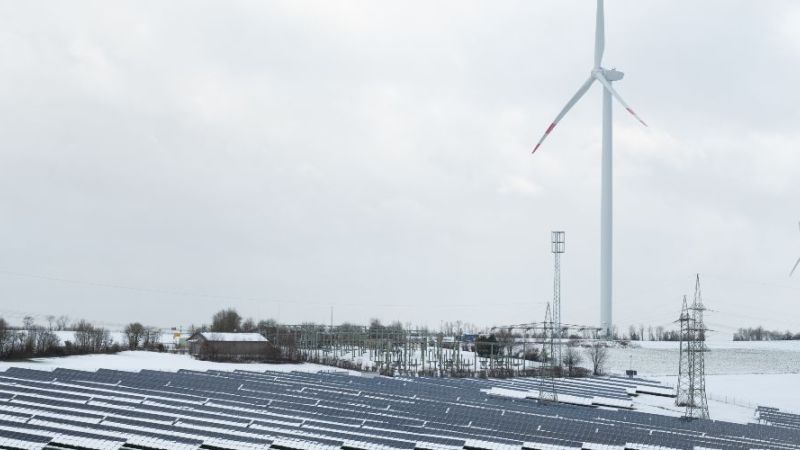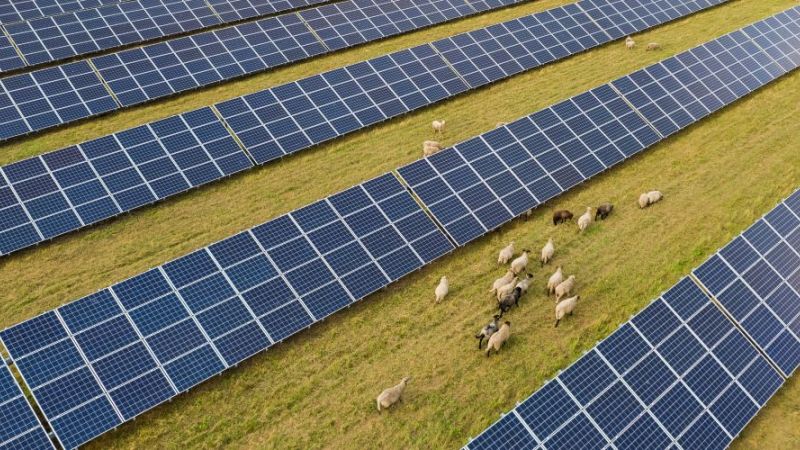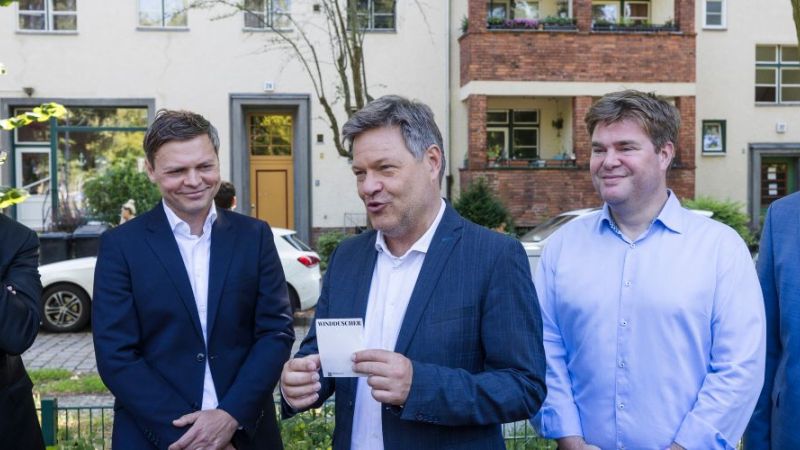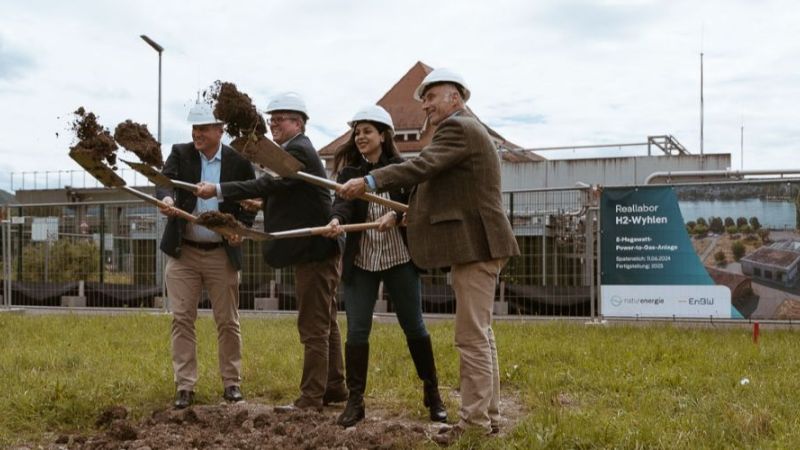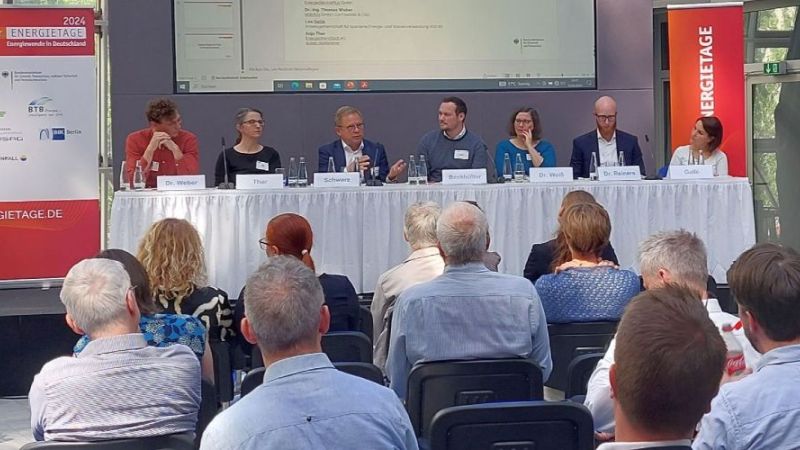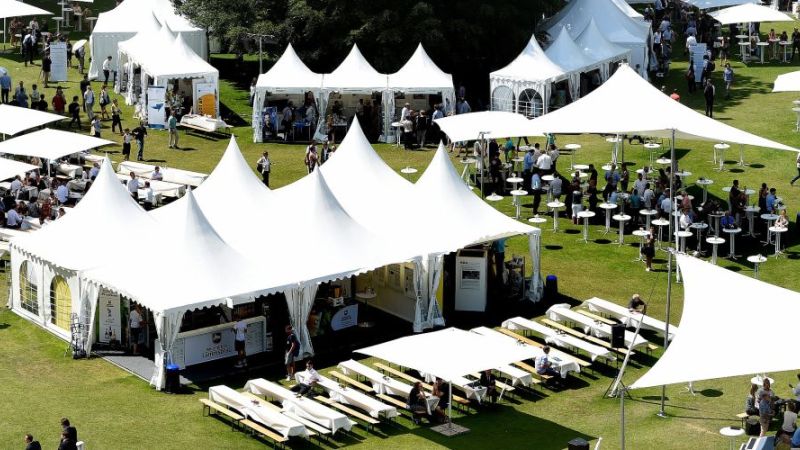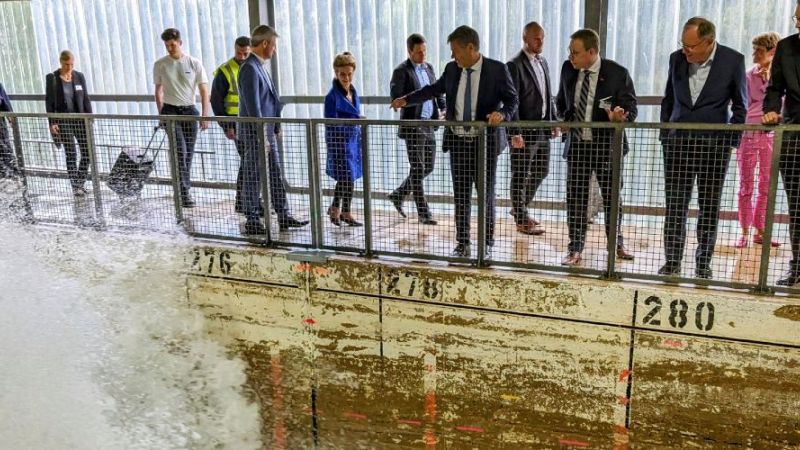 © Fotolyse – stock.adobe.com
© Fotolyse – stock.adobe.com
Thermal power plants
Decentralised gas turbine plants support the energy transition
New technologies for small industrial gas turbines in the 8-megawatt class have successfully passed tests and achieved CHP efficiencies above 85 per cent.
Decentralised gas turbines in industrial plants play an essential role in combination with renewable energy media. They can produce power quickly when the sun is not shining or the wind is not blowing. In the Green Earth project, which was successfully completed in 2018, the researchers developed a small gas turbine of the 8-megawatt class. The turbine can also be operated with synthetically produced gases and has a robust construction method for fast load changes. Under the coordination of MAN Energy Solution, the project team successfully tested, evaluated and refined the new gas turbine under realistic conditions on a test stand in the subsequent GREEN BELT project. In addition to tests of the complete gas turbine, supplementary investigations were carried out on individual components, such as the load control system, in order to ensure broad operating and fuel flexibility. The research work involved MAN Energy Solution, the Technische Hochschule Berlin, Ruhr University Bochum and the Fraunhofer Institute for Mechanics of Materials. The first commercial operation has been running at the energy supply company Energieversorger Oberhausen (EVO) since late 2020.
Software supports combustion processes with flexible gas composition
The use of synthetic fuel gases based on hydrogen will continue to increase in the future. These gases are produced during the chemical storage of energy and can be converted back into electricity with gas turbines. Depending on their composition, they have different burning properties. In preparation for the industrial use of these gases, the researchers investigated the topology of the flames in a combustion chamber in an observable burner test stand. The aim was to test the CANTERA calculation process used by MAN. This is free software that is used to solve problems in combustion processes. MAN uses the prediction tool to calculate thermal loads and harmful nitrogen dioxide levels during the combustion of flexible gases. The results confirmed that both the data obtained with the test combustion chamber and the data obtained with the software are almost identical. CANTERA is also used, for example, in the automotive sector and in the chemical industry.
The load control of the gas turbine is carried out with the help of precisely positioned probes at the outlet of the combustion chamber. It is important to determine the interactions of the so-called hot streaks from the combustion chamber of a three-stage gas turbine. For this purpose, the scientists refined a calculation method that takes time-dependent influences into account. If one of the combustion chambers fails to ignite, the altered flow of hot gases can be calculated. This makes it possible to check how this scenario, which is dangerous for the gas turbine, is detected by the outlet probes in order to ensure the safety of the gas turbine even in this operating state.
Extend lifetime through optimised components
In further investigations, the project team investigated how cracks propagate in perforated thin-walled sheet metal components of the gas turbine. These components are exposed to particularly high temperatures and are used in the sound absorber of the combustion chamber. The insights gained helped to optimise the geometry of the components and extend their durability.

